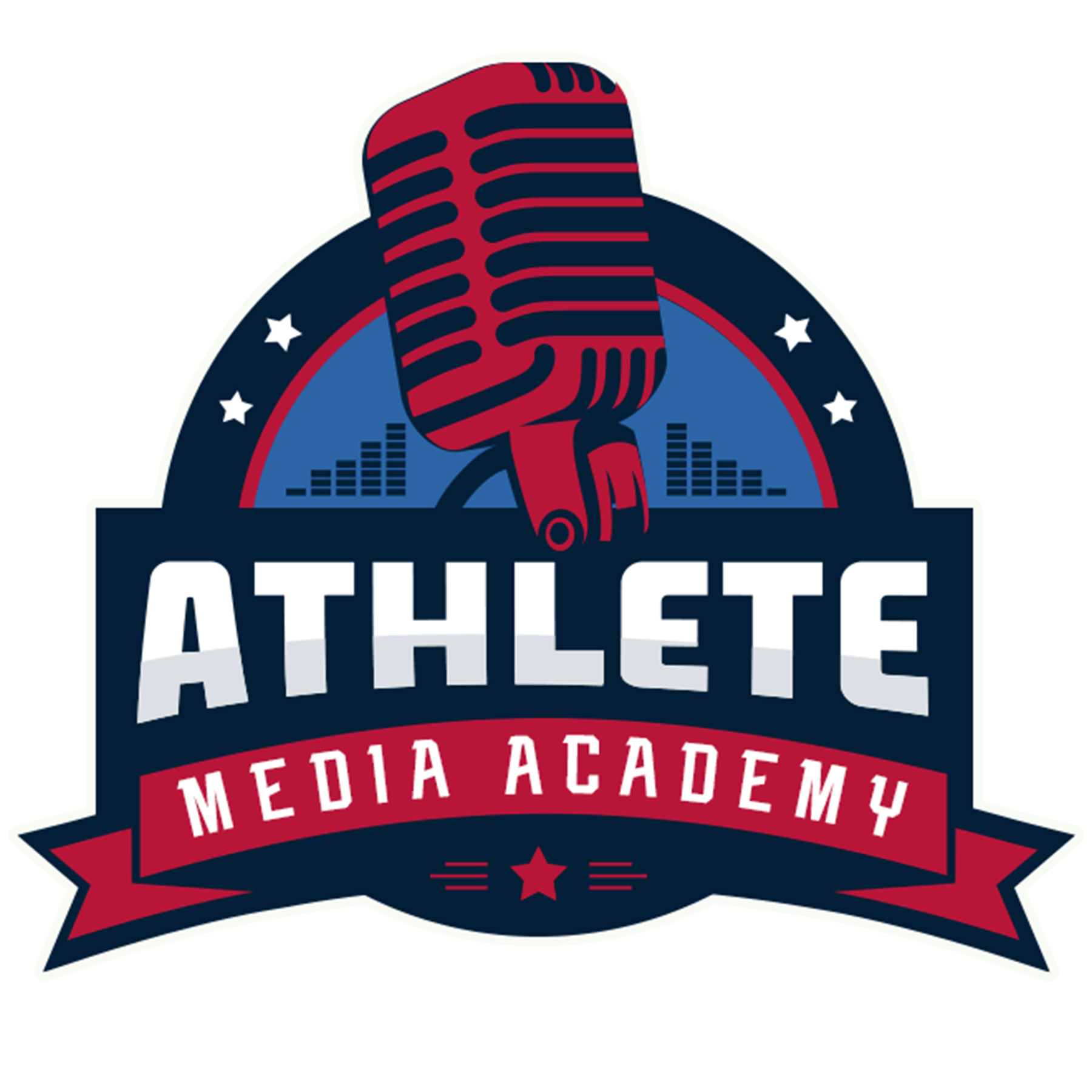Lesson 5: Crafting a Media Strategy for Crisis Management
Lesson Overview
A well-planned media strategy is essential for managing crises effectively. Athletes in the spotlight must respond to crises with professionalism, clarity, and control to protect their reputation and maintain credibility. This lesson focuses on developing a proactive approach to crisis communication, ensuring athletes can navigate difficult situations with confidence.
Learning Objectives
By the end of this lesson, athletes will be able to:
✅ Develop a structured media response strategy for crisis situations.
✅ Identify key stakeholders and media channels for crisis communication.
✅ Craft clear and consistent messaging to maintain credibility.
✅ Implement best practices for delivering public statements and engaging with media.
Section 1: Key Components of a Crisis Media Strategy
An effective crisis media strategy involves planning, coordination, and consistent messaging. The following components ensure athletes remain in control of the narrative.
✔️ Crisis Assessment: Quickly evaluate the situation and determine the level of media response needed.
✔️ Stakeholder Identification: Determine who needs to be addressed (fans, teammates, sponsors, media).
✔️ Messaging Development: Create clear and concise key messages to guide all communication.
✔️ Spokesperson Selection: Decide if the athlete, agent, or PR team should deliver the response.
✔️ Media Engagement Plan: Outline which media platforms will be used (press conferences, social media, interviews).
✔️ Timing & Consistency: Ensure all responses are timely and aligned with the overarching message.
🔹 Discussion: What are examples of well-handled and poorly managed crisis responses in sports? What lessons can be learned?
Section 2: Best Practices for Crisis Messaging
✔️ Acknowledge the Situation: Ignoring a crisis often leads to speculation and loss of control.
✔️ Stay Honest but Strategic: Be transparent without over-explaining or adding unnecessary details.
✔️ Use Empathetic Language: Demonstrate understanding and concern where appropriate.
✔️ Reaffirm Core Values: Tie statements back to the athlete’s character and commitment to improvement.
✔️ Avoid Over-Promising: Only make commitments that can realistically be upheld.
🔹 Activity: Athletes craft and refine a mock crisis response statement based on a hypothetical scenario.
Section 3: Choosing the Right Communication Channels
✔️ Press Conferences: Best for high-profile situations that require a formal response.
✔️ Official Statements: Written statements ensure a controlled and polished message.
✔️ One-on-One Interviews: Can provide a more personal touch but require preparation.
✔️ Social Media: A direct way to reach audiences but should be handled carefully to avoid misinterpretation.
✔️ Third-Party Advocacy: Endorsements from trusted figures (coaches, mentors) can help reinforce credibility.
🔹 Exercise: Athletes evaluate past press conferences and social media responses from athletes in crisis situations to assess what worked well.
Final Takeaways & Next Steps
✔️ Final Activity: Athletes develop a crisis communication playbook tailored to their personal brand.
✔️ Key Takeaway: A well-prepared media strategy can help mitigate damage, rebuild trust, and reinforce an athlete’s professionalism.
✅ Next Steps:
- Identify key team members (PR reps, coaches, mentors) for crisis management support.
- Develop a set of pre-approved messages for potential crisis scenarios.
- Review and refine public speaking techniques for high-pressure interviews.

